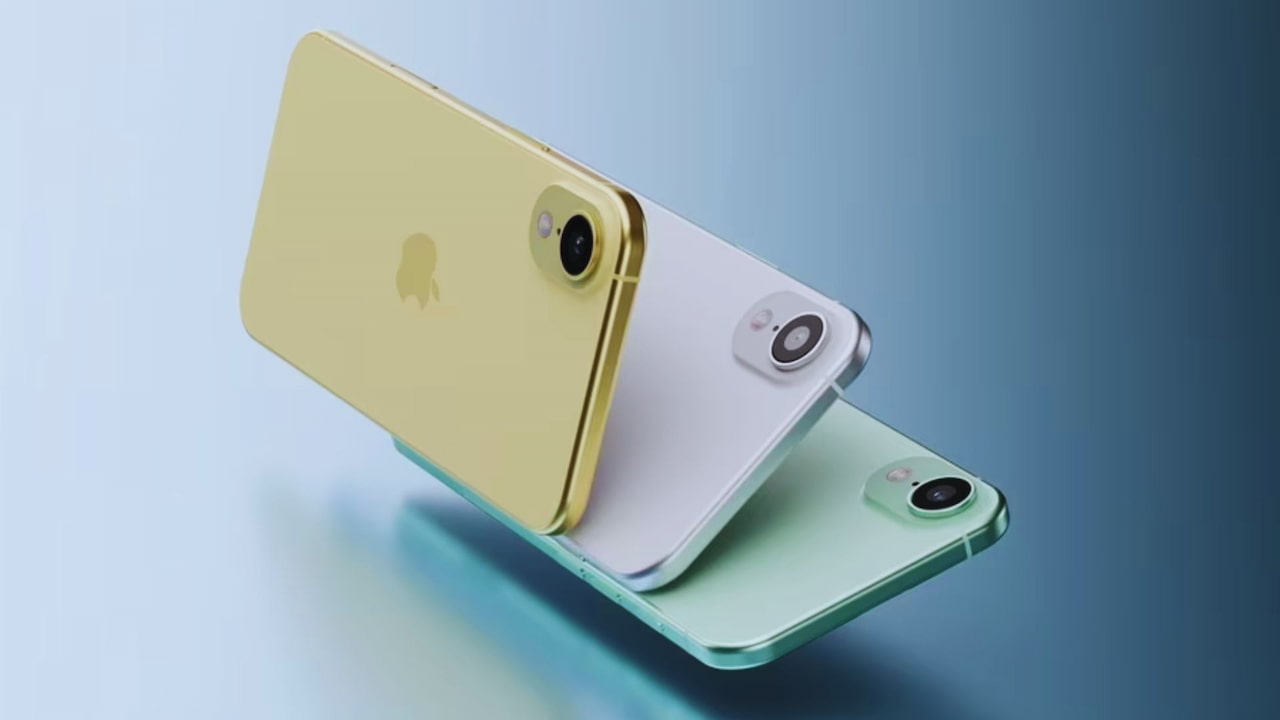Apple’s Slim Ambitions Hit Reality: iPhone 17 ‘Air’ Faces Battery Hurdles
Breaking news from the tech world suggests Apple’s ambitious plans for an ultra-thin iPhone may not materialize as expected. Industry insiders reveal that the highly anticipated iPhone 17 ‘Air’ is facing significant challenges in its development, primarily due to battery technology limitations.
According to multiple sources in South Korea, including the respected industry insider “yeux1122,” Apple is struggling to achieve its goal of creating the thinnest iPhone ever. The root of the problem? The battery.
Battery Technology Hits a Wall
The company’s plans hinged on developing a revolutionary battery with a thinner substrate. However, manufacturing costs and technical hurdles have forced Apple to fall back on existing battery technology. This setback means the new device will likely be thicker than the originally planned 6mm.
To put this in perspective, Apple’s thinnest phone to date was the iPhone 6, measuring 6.9mm. The Air model will replace the current iPhone 16 Plus, which has a thickness of 7.8mm. This means the new ‘Air’ variant might not be significantly thinner than its predecessors.
More Than Just Thickness
Despite these challenges, the iPhone 17 lineup promises several exciting features:
- ProMotion Display: We expect all models, including the Air variant, to feature 120Hz refresh rates.
- Enhanced Cameras: A jump to 24MP front-facing cameras across the board
- A19 Chip: Apple’s latest processor will power the new lineup.
- Display Size: A possible increase to 6.3 inches for base models
Industry-Wide Challenge
Interestingly, Apple isn’t alone in facing these hurdles. Samsung, too, is reportedly struggling with similar challenges for its Galaxy S25 Slim model. Both tech giants are finding that the dream of ultra-thin devices conflicts with the reality of battery technology limitations.
Market Impact
Industry analysts suggest these developments might reshape the smartphone market’s direction. Jeff Pu, a noted analyst, indicates that Apple might need to rethink its strategy for differentiation in the premium smartphone segment.
“The challenge isn’t just making phones thinner,” says tech expert Ming-Chi Kuo. “It’s about finding the right balance between design, functionality, and battery life.”
Looking Ahead
Despite these setbacks, the iPhone 17 lineup still promises to be revolutionary in other ways. The devices are expected to feature:
- Improved scratch-resistant displays
- Advanced camera systems
- Enhanced processing power
- Possible aluminum and titanium case options
The Bottom Line
Despite the iPhone 17 Air’s not-so-thin design, Apple’s relentless pursuit of technological advancements remains evident. The company’s “most ambitious” iPhone launch to date may need to focus on innovations beyond mere thickness.
We expect the iPhone 17 series to launch in fall 2025, giving Apple time to potentially overcome these challenges or pivot to emphasize other groundbreaking features.
For consumers, this news might actually be positive—a slightly thicker phone could mean better battery life and durability without sacrificing the premium feel Apple products are known for.
Stay tuned for more updates as this story develops.
